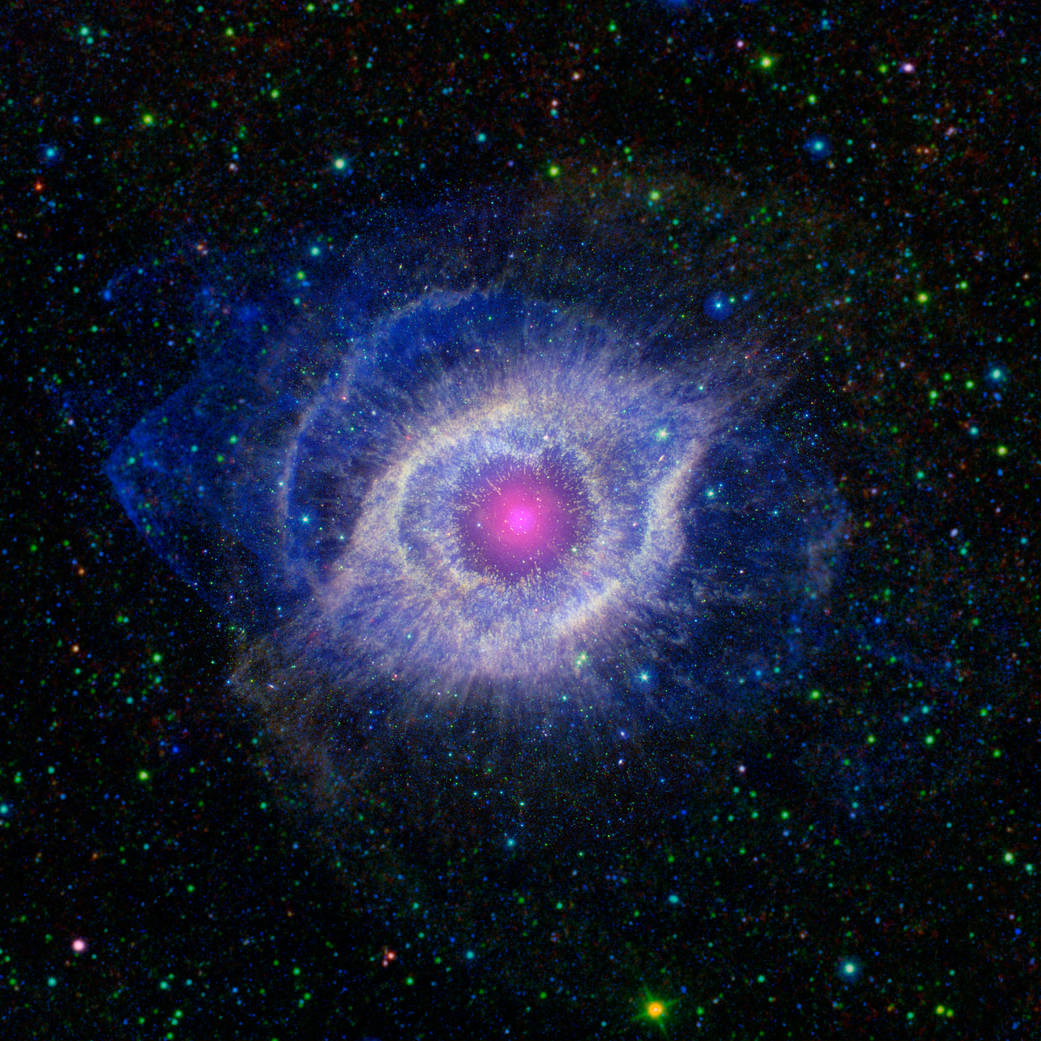How Stars are Born and How do they Die? Why are stars different colors? The Mysteries of the Universe Explained
THE LIFE CYCLE OF A STAR
How Stars are Born and How do they Die? Why are stars different colors? The Mysteries of the Universe Explained
 |
| Photo by Joshua Woroniecki on Unsplash |
Have you ever looked up at the night sky and wondered about the stars? Some nights, the sky is filled with them, shining like little dots of light. Each star comes in different colors, shapes, and sizes. But what are they? How are stars born? And how do they die? Let’s dive into the fascinating world of stars and explore the incredible stories of their birth, life, and eventual death!
How Stars are Born?
Stars are some of the most important things in space. They are found in galaxies, which are like big cities made up of stars. Our galaxy, the Milky Way, has at least 300 billion stars! But how stars are born has been a bit of a mystery.
Stars start forming in something called a nebula, which is a cloud of dust and gas. These clouds float in space and, over time, they start to collapse under their own gravity. When the gas in the cloud gets squeezed together tightly, it starts to heat up. This forms what we call a protostar, a baby star that’s still growing.
 |
 |
A protostar grows by pulling in gas from the surrounding cloud. But as it grows, it also sends out powerful jets of gas, like fireworks, in opposite directions. Over time, the cloud around the star is blown away, leaving the star on its own.
As the star continues to grow, its center gets hotter and hotter. When it reaches 27 million degrees Fahrenheit (15 million degrees Celsius), something magical happens—nuclear fusion begins! This is when the star starts burning hydrogen to create energy, and the star becomes part of what scientists call the “main sequence” of its life.
 |
How Stars Die?
 |
| A dying star is throwing a cosmic tantrum in this combined image from NASA's Spitzer Space Telescope and the Galaxy Evolution Explorer (GALEX), which NASA has lent to the California Institute of Technology in Pasadena. In death, the star's dusty outer layers are unraveling into space, glowing from the intense ultraviolet radiation. |
Stars don’t live forever. How long a star lives depends on how big it is. The bigger the star, the shorter its life. Some stars can live for billions of years, while others burn out more quickly.
As stars age, they run out of fuel. When a star runs out of hydrogen, it begins to fuse helium and other elements. This causes the star to expand into a red giant. After this phase, stars may collapse into white dwarfs, neutron stars, or even explode in a massive event called a supernova.
A supernova is one of the brightest and most powerful events in space. After a supernova, all that remains could be a black hole or a neutron star, depending on the original star’s size. Some of the heavier elements in the universe, like iron, are created during supernova explosions.
 |
 |
Why Are Stars Different Colors?
 |
| Photo by Ryan Hutton on Unsplash |
Have you noticed that some stars are different colors? The color of a star tells us how hot it is. Blue stars are the hottest, while red stars are cooler. Our sun is a yellow star, which means it’s somewhere in the middle.
Stars shine because of the nuclear fusion happening at their core. As they burn, they release energy, which makes them glow. Over time, as they run out of fuel, they can change color and become cooler.
Did You Know the Sun is a Star?
That’s right! The Sun is just like the stars you see in the night sky, but much closer to us. It has been shining for about 4.6 billion years and still has around 5 billion more years to go before it becomes a red giant and eventually dies.
 |
The Sun belongs to a group called main-sequence stars, which means it’s in the longest phase of its life. And here’s something even more amazing: our Sun is just one of the billions of stars in the Milky Way galaxy, and there are billions of galaxies out there in the universe. That means there are more stars than we could ever count!
Why Are Stars Important?
 |
| Photo by Greg Rakozy on Unsplash |
Stars are more than just stunning to look at; they’re the true building blocks of the universe. Did you know they create the elements that make up everything around us, including our own bodies? The carbon, nitrogen, and oxygen in us were formed in stars billions of years ago! When these stars explode in supernovae, they scatter these vital elements across the cosmos, paving the way for new stars, planets, and even life to emerge.
But that’s not all. Stars are also the key to understanding the mysteries of the universe. By observing them, astronomers uncover clues about how galaxies form, evolve, and ultimately shape the cosmos we live in.
Take our sun, for example. It’s the star that makes life on Earth possible, providing the energy plants need to grow and keeping our planet warm. Without it, life simply wouldn’t exist.
So next time you find yourself gazing at the night sky, remember that stars aren’t just distant points of light—they’re the reason we’re here. They’re life’s cosmic origins and the storytellers of the universe, continuing to inspire wonder every day.





No comments: